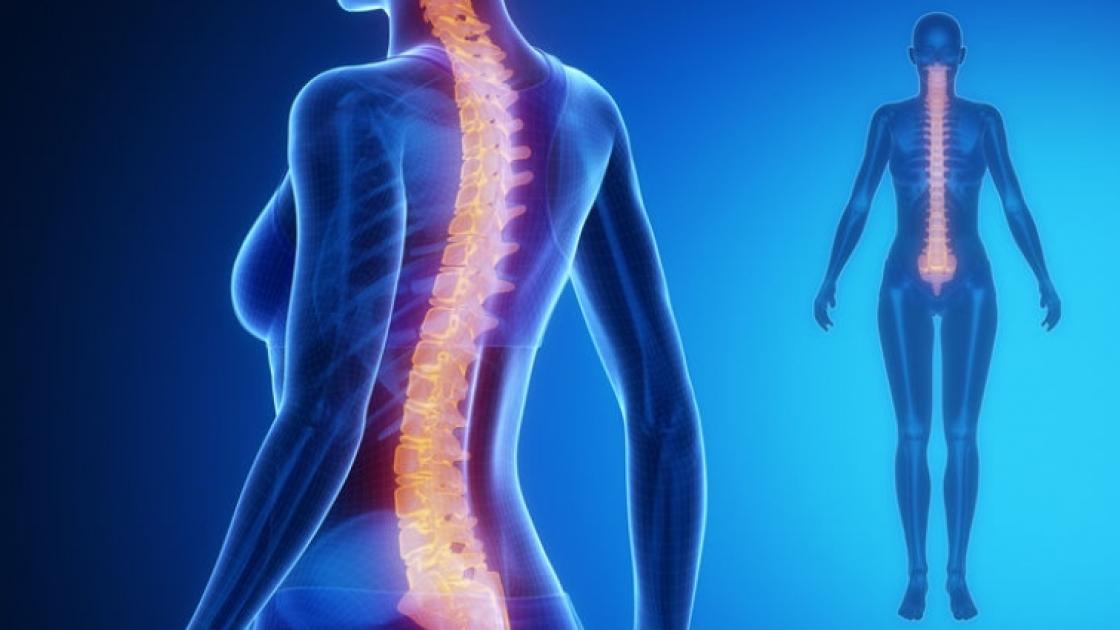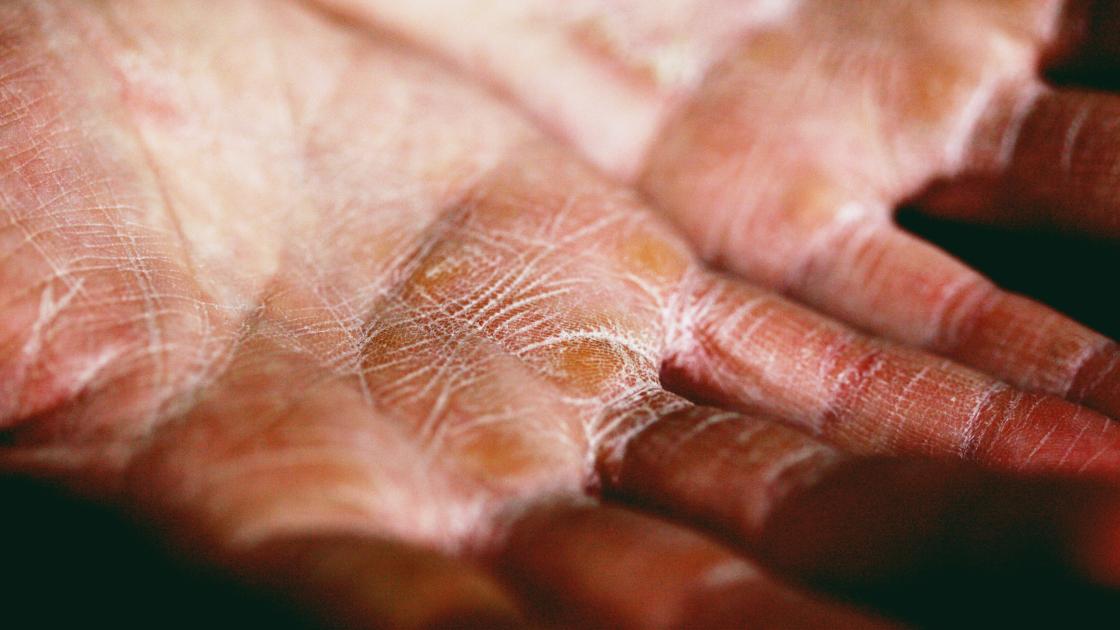
All about scoliosis: causes, signs, treatment
The healthy spine isn't perfectly straight—and that's a good thing! The natural forward and backward curves make it easier for our spines to absorb forces as we move about our day.
The spine normally curves slightly toward the front of the body in the neck and lower back. We call this lordosis. The spine curves slightly toward the back of the body in the middle back. We call this kyphosis. People can have varying degrees of lordosis and kyphosis, and about 2 to 3 percent of the American population has less-typical curves known as scoliosis.
Keep reading to learn about what scoliosis is, how to tell if you or your child has it and whether treatment may be necessary.
What is scoliosis?
Scoliosis happens when there is an abnormal side-to-side or "S-shaped" curve in the spine. This side-to-side curve can happen in the neck, middle back or lower back.
Doctors and researchers typically classify scoliosis into three main categories:
- Idiopathic scoliosis, where “idiopathic” means that the cause is unknown (this is most common)
- Congenital scoliosis, where a child is born with an abnormally curved spine
- Neuromuscular scoliosis, where the scoliosis is due to some other condition affecting the nerves and muscles, such as muscular dystrophy, spina bifida, spinal trauma or cerebral palsy
Most people with scoliosis are diagnosed as children. It typically shows up during growth spurts when children are 10 to 15 years old. Although about the same number of boys and girls are diagnosed with minor idiopathic scoliosis, girls’ curves are 10 times more likely to get worse and need treatment. Girls appear much more likely to have scoliosis than boys, and the condition tends to run in families. Older people may develop scoliosis as a result of degenerative changes or osteoporosis.
Symptoms of scoliosis
Many people have such mild scoliosis that they don't experience any obvious symptoms. They may only know that they have scoliosis if they got an X-ray image of their spine, or were evaluated by a doctor. If symptoms of scoliosis do show up, they can include:
- Unusual posture (e.g., the whole body leans to one side) A visible curve to the back
- Uneven shoulders (one shoulder blade may “wing out”)
- The head is not centered over the pelvis
- Uneven ribcage
- Uneven waist or hips (if significant enough, this may affect a person's gait or cause one leg to look longer than the other)
- Changes in the texture or appearance of the skin overlying the spine
- Back pain or hip pain (in adults; pain from scoliosis is rare in children and adolescents)
With severe forms of scoliosis, a person may struggle to move, breathe, perform bodily functions and care for him- or herself.
Treatment and management of scoliosis
There is presently no cure or way to prevent scoliosis, but depending on the type and severity, it can be treated. At SIU Medicine, we can connect you with a provider who can diagnose scoliosis using a physical exam and imaging studies, then help you create a customized approach to alleviate symptoms and improve function. Since early diagnosis is helpful for maximizing outcomes, it's good to have your children attend regular check-ups with a primary care physician who can evaluate them for scoliosis if needed.
Should you and your doctor decide that treatment is necessary, you can explore options such as:
- Serial bracing: intended for children or people whose bones are still growing, snug-fitting braces may prevent the abnormal curve of the spine from getting worse
- Surgery: if the degree of the curve is significant and appears to be getting worse, various types of spinal surgery may help
Remember: Most people with scoliosis don't need any treatment and can live healthy, active lives without requiring special care. It depends on the individual.
Do you see signs of scoliosis?
Contact SIU Medicine at 217-545-8000 if you have concerns about scoliosis. Our medical providers stay up-to-date on the latest practice guidelines for scoliosis management and would be happy to help you or your loved one.




